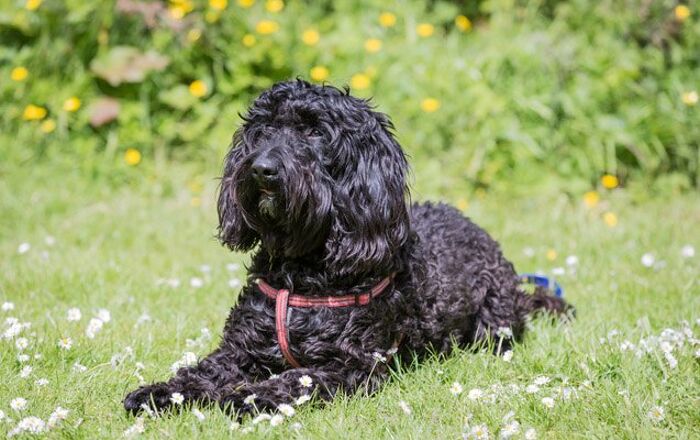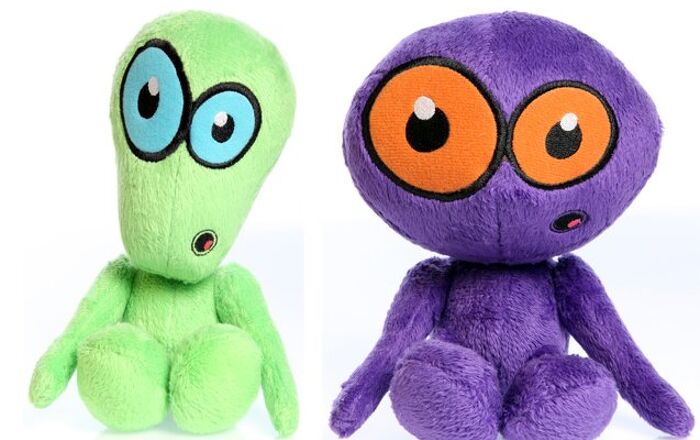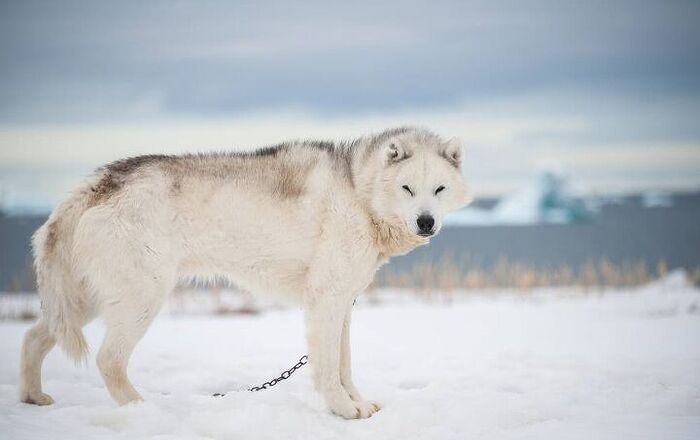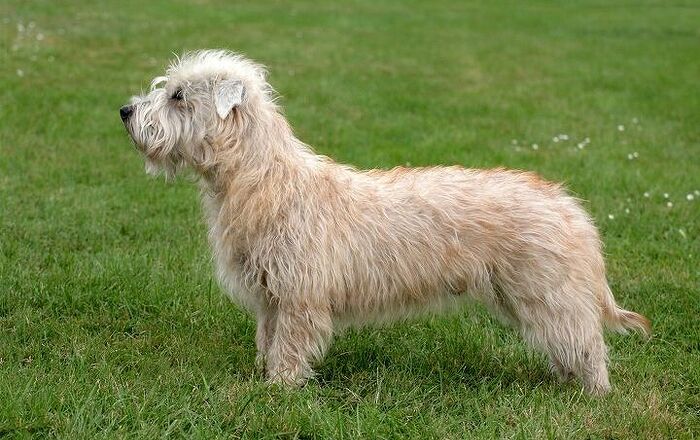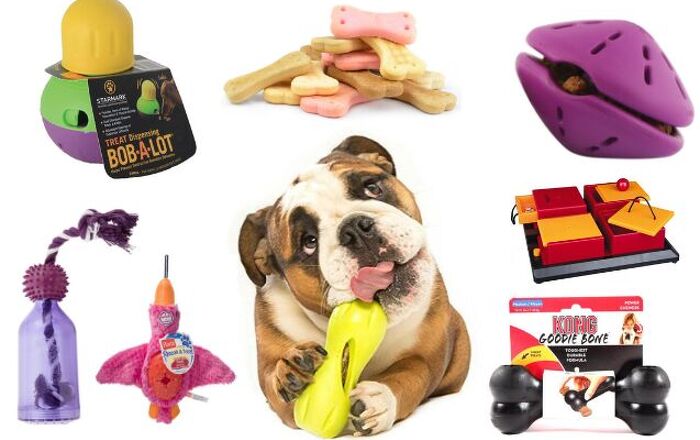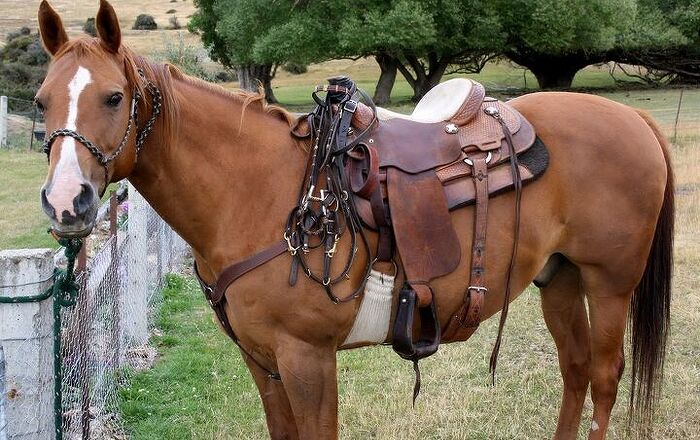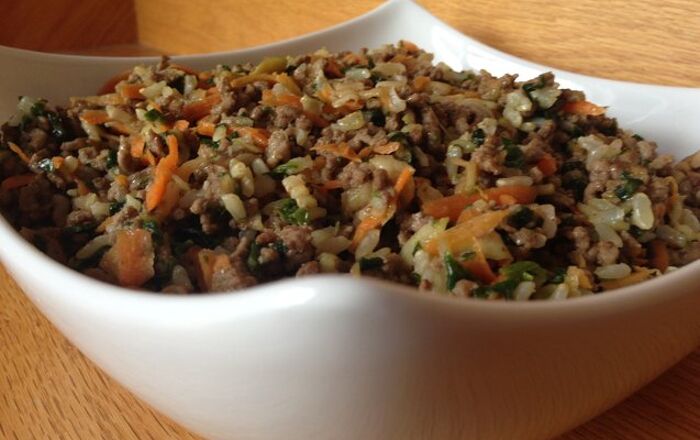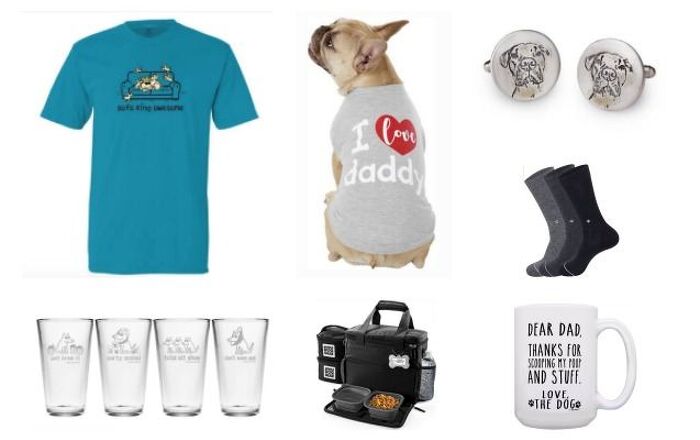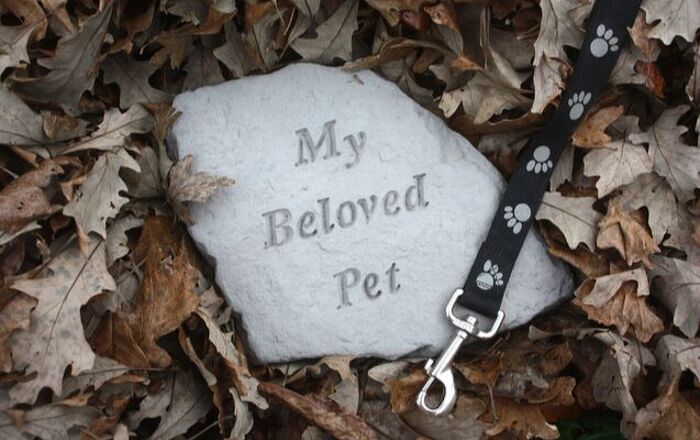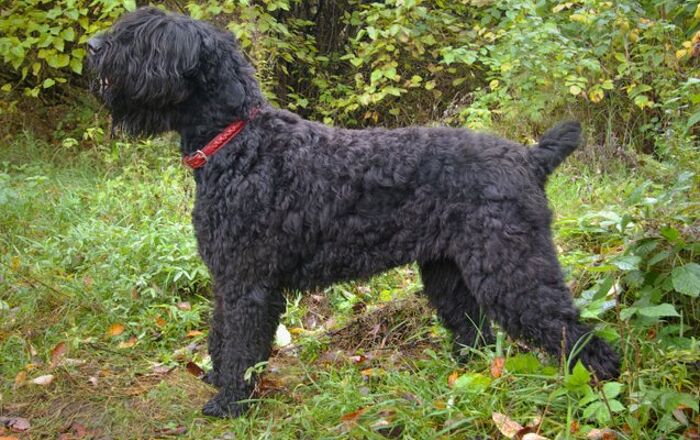
Fjord Horse Breed History
The Fjord Horse, also known as the Norwegian Fjord horse, is one of the purest and oldest equine breeds on the planet. In fact, cave paintings that were created roughly 30,000 years ago exhibit horses that bear striking similarities to the Fjord Horse breed.
Experts believe that the first Fjord migrated to Norway, where it was domesticated, more than 4,000 years ago. Also, excavations of Viking burial plots show that this breed has been bred selectively for about 2,000 years.
Fjord horses are friendly, gentle, and willing to work.
Today, the Fjord Horse still has the same strong survival instincts of its ancestors, and it is a fertile, useful, and healthy horse with a long lifespan. These animals are also excellent foragers, working efficiently to thrive in a variety of conditions, from wet and cold, to dry and hot.
Although the origin of the Fjord is not entirely clear, it likely is related to the Przewalski, which was a breed of primitive wild horses that were found in Asia. Also, the Fjord is one of just a few equine breeds that have retained the original primitive color and character.
In the past, the Fjord Horse had other names, including the Nordfjordhest and Vestlandshest, giving it a geographical connection to Norway. It is also believed that Vikings utilized Fjord horses as war mounts, so these horses may have affected other breeds that were indigenous to other nations, such as the mountain and moorland pony breeds found in Great Britain, as well as the Icelandic Pony.
Farmers in Norway have used the Fjord Horse throughout history to perform various activities, including pulling loads on hills. Also, because of the breed’s appealing personality, strength, smooth and light action, and thick coat that requires minimal care during rough winters, it was exported to several European countries, especially Denmark. There, it became popular in light draft work.
The first Fjord studbook was created in 1910, and these animals are still popular today. These horses are often used in riding, driving, endurance classes, cross-country jumping, dressage, and riding school.
Breed Traits
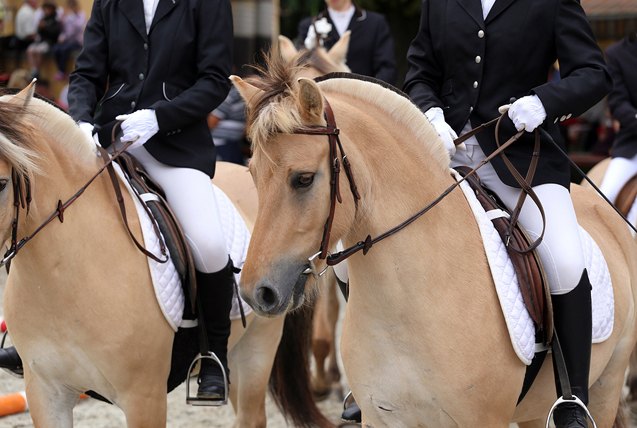
Fjord horses are friendly, gentle, and willing to work with owners, trainers, and riders of all experience levels. They also display vigor and stamina, and they can be utilized for everything from driving and riding, to draft work and more, thanks to their versatility. You can expect that a Fjord will want to please you and will be easy to train.
The mane of a Fjord features dark hair in the center and white outer hair.
Overall Description
The Fjord Horse has several features that distinguish it physically from other equine breeds. The head is medium in size and features a flat, broad forehead and a slightly dished or straight profile. Also, the ears are set wide, truncated, and small, while the eyes are round, large, expressive, and dark.
The neck on a Fjord Horse is supple and forms a natural arch. Also, the bottom line is shorter than the topline, and the shoulders are muscular, while the withers are long and moderately defined as they extend into the back.
This horse’s chest will be wide and the girth will be deep, while the back will be broad, muscular, and anywhere from short to moderately long. Also, a Fjord will feature hooves that are large, round, and dense, and the tail will be set somewhat high.
The Fjord Horse is one of the purest and oldest equine breeds.
Colors
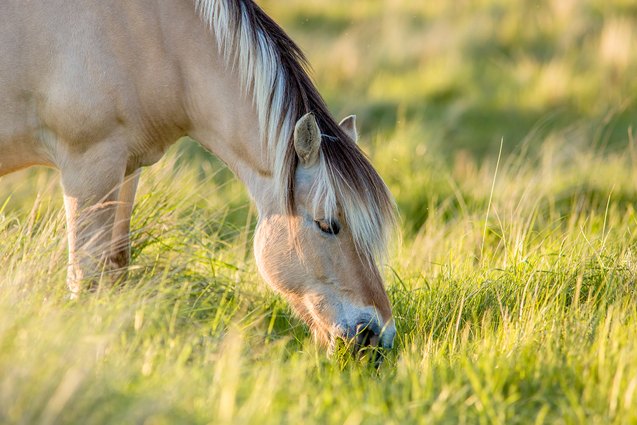
Ninety percent of Fjord horses will showcase a brown dun color, but the remaining 10 percent of them could be yellow dun, gold, pale dun, gray, or red dun.
A unique characteristic is that these horses have retained primitive features. These include the “wild” dun color, as well as primitive markings that include zebra stripes on their legs and a dorsal stripe running from the forelock all the way down to the neck, back, and tail.
Some Fjord horses will have dark stripes that might be evident over their withers, and red duns will showcase reddish brown stripes, along with body markings.
Gray duns will feature very dark gray or black markings and stripes, while the pale or the white dun horse will feature a very light color on the body with gray or black markings and stripes.
Also, horses that are yellow dun (which is rare for this breed) will feature darker yellow markings and stripes, and they might even have a white mane, tail, and forelock as well.
Grooming Requirements
In addition to grooming your Fjord horse with standard grooming tools that will keep the skin and coat healthy, shiny, beautiful, and clean, extra attention can be paid to the horse’s mane.
What makes the mane of the Fjord Horse exceptional is the fact that the center hair will be dark or black but the outer hair will be white. Many owners will cut the mane of this horse short so that the hairs will stand up straight, and the mane will also be trimmed in a crescent shape in order to draw attention to the neck, which curves gracefully. Usually, the white outer hairs are trimmed just a bit shorter than the darker inner hairs in order to further display the beauty and uniqueness of the dark stripe.
Photo credit: darkage/Bigstock; accept/Bigstock; Bastiaan Schuit/Bigstock

